RFID technology offers a multitude of benefits for businesses aiming to enhance efficiency and reduce costs. By automating processes and improving asset utilization, RFID systems can significantly streamline inventory management. They provide a reliable method for tracking assets without manual counting, allowing for real-time visibility of item types, quantities, and locations.
The implementation of RFID applications can lead to improved inventory accuracy, enabling businesses to manage stock levels effectively, conduct audits with ease, and control shrinkage. Additionally, RFID technology facilitates the automatic tracking of goods, seamlessly integrating with ERP or financial management systems, thus eliminating manual data entry and reducing the likelihood of errors.
RFID's capability to identify individual items is particularly beneficial in complex manufacturing processes, ensuring that the correct components are used and processes are followed, which in turn enhances quality control. This level of traceability ensures that items are assembled correctly and have passed all necessary checks before delivery.
Organizations utilizing RFID can leverage the technology for competitive differentiation, potentially leading to increased customer satisfaction, higher sales, and improved margins. The real-time data capture provided by RFID also offers valuable insights for planning and operational efficiency, driving further improvements in business processes.
Moreover, the integration of RFID with other technologies can expedite the order-to-dispatch cycle, enhancing the overall supply chain. The cost-effectiveness of RFID technology is underscored by the rapid return on investment it offers, as the savings and revenue enhancements quickly offset the initial costs.








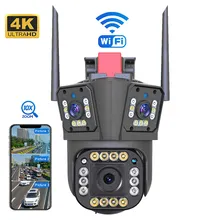
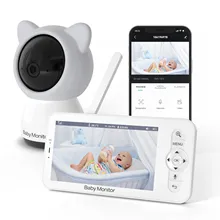



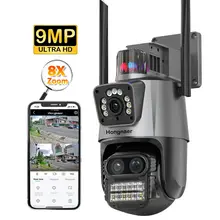


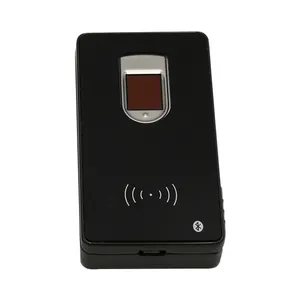




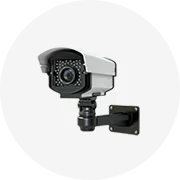
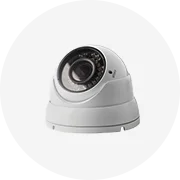

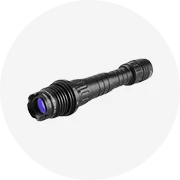
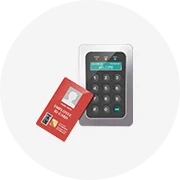









 浙公网安备 33010002000092号
浙公网安备 33010002000092号 浙B2-20120091-4
浙B2-20120091-4